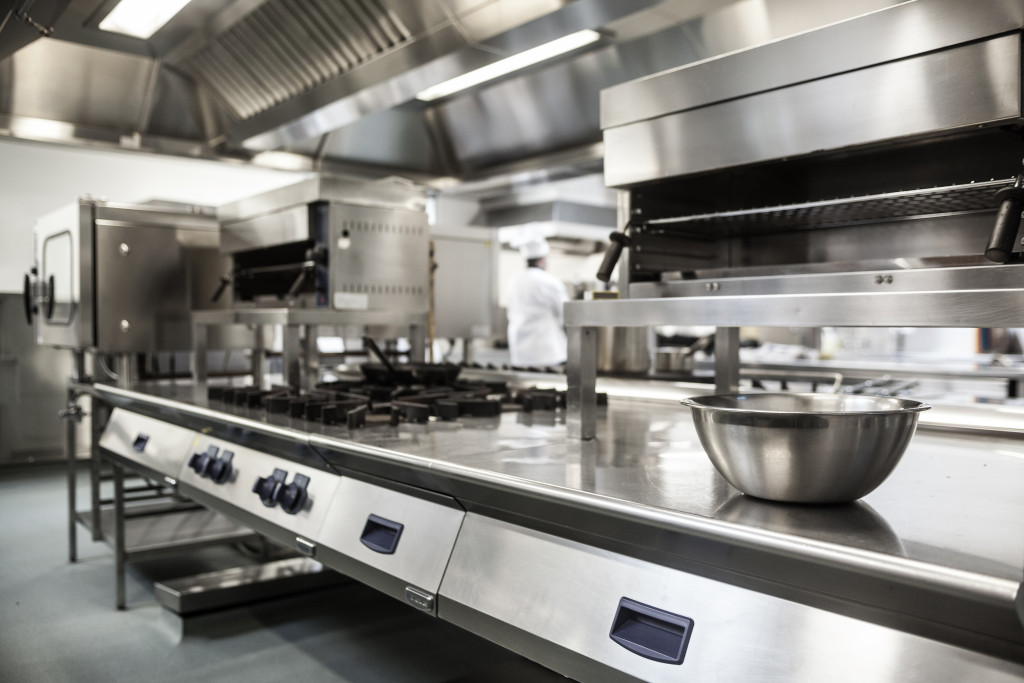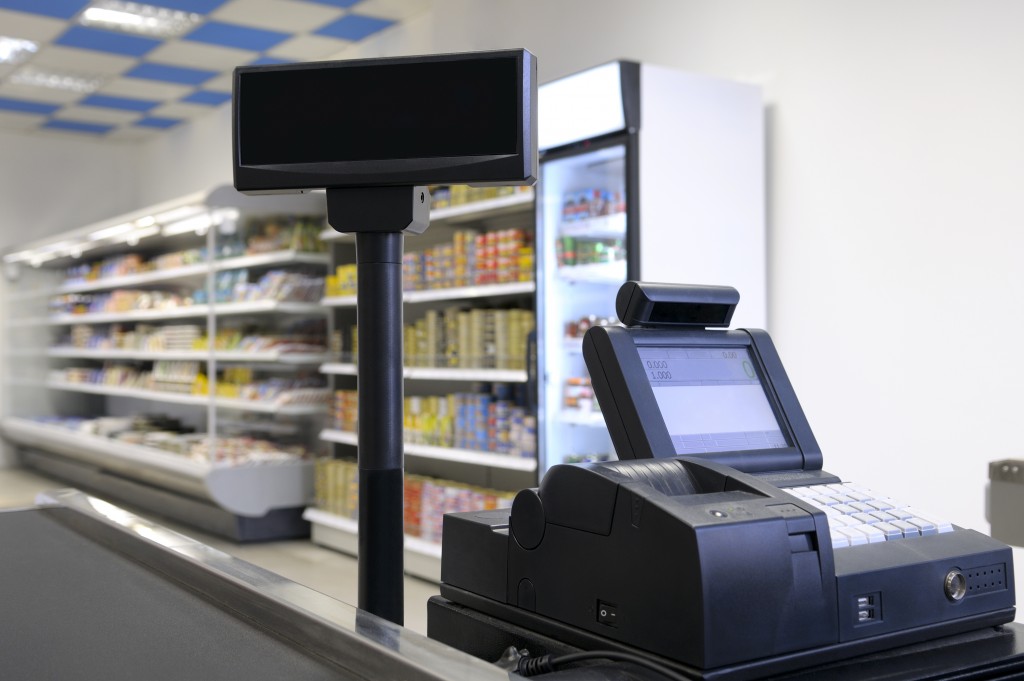If you’re considering opening or you already have a restaurant, one of the first things you’ll need to do is plan your menu. But if you’ve never done it before, you might be wondering where even to start. There are a lot of factors to consider, and it’s easy to get overwhelmed, so to help you out, here are some of the biggest challenges of planning a restaurant menu and some tips on how to overcome them.
Challenges of Planning A Restaurant Menu
1. Balance
When planning your menu, one of the things you’ll need to achieve is a balance between various elements. For example, you’ll want to make sure there’s a good mix of appetizers, entrees, and desserts; that there are options for meat-eaters and vegetarians alike; and that there’s something for everyone’s budget.
It can be tricky to find that balance—but it’s important because if your menu is too heavy on one type of dish or another, diners might not stick around for the entire meal.
2. Seasonality
Another thing to keep in mind when planning your menu is seasonality. After all, certain ingredients will be fresher—and therefore more delicious—during certain times of the year. For example, tomatoes taste best in the summertime, while root vegetables are at their peak during the winter months.
As you plan your menu, try to incorporate seasonal ingredients as much as possible—it’ll make your dishes tastier and give your diners a reason to come back throughout the year.
3. Cost
Of course, when creating your menu, you’ll also need to consider cost. After all, if your dishes are too expensive, diners might not be willing to pay what you’re asking—no matter how good they are. On the other hand, if your dishes are too cheap, you might not be able to cover all your costs and turn a profit.
It can be hard to find that sweet spot—but luckily, there are a few tricks you can use to lower the cost of your dishes without sacrificing quality or flavor. For example, using less expensive cuts of meat or bulk-buying ingredients are both excellent ways to keep costs down without skimping on taste or portion size.
4. Storage
Another factor that can impact your menu planning is storage considerations. After all, depending on the ingredients you use, some dishes will have shorter shelf lives than others—which means they might not be able to be made in advance or stored for later use. This can limit your options—so it’s essential to consider storage as you plan what dishes will make it onto your menu.
5. Kitchen limitations
Finally, don’t forget about kitchen limitations when creating your menu. After all, if your kitchen isn’t set up for it or doesn’t have the right tools, there might be some dishes you won’t be able to make—no matter how badly you want them on your menu. So before finalizing anything, take some time to assess what equipment and space you have available so that you don’t get too far ahead of yourself and end up disappointed later on down the line.

Tips for Planning A Restaurant Menu
1. Start with a bang
First impressions matter, so you want to ensure your menu starts strong. Begin with your most popular items or those dishes that best represent your restaurant’s cuisine. This will whet your customers’ appetites and get them excited for what’s to come.
2. Include photos
People eat with their eyes first, so ensure your menu is filled with mouth-watering photos of your dishes. Hiring a professional food photographer is worth the investment, as they’ll be able to capture the perfect shot of each dish. But before you hire them, be sure to make it clear that you’ll be using the photos on your menu.
3. Keep it concise
Your menu should be easy to read and allow customers to find what they’re looking for quickly. Organize items by course and use clear headings and subheadings to guide diners through the choices. And don’t forget about those with dietary restrictions. Include vegetarian, vegan, and gluten-free notes and any allergens in each dish.
4. Consider mix-and-match options
When planning a restaurant menu, it’s important to consider options that will appeal to a variety of customers. One popular option is the bento box, which originated in China. Chinese bento boxes are typically filled with a variety of small dishes, making them perfect for mix-and-match options.
Customers can choose their combination of dishes, allowing them to customize their meals to their taste. Bento boxes are also convenient for those looking for a quick and easy meal. As a result, they are an excellent option for restaurants that want to offer something unique and appealing to customers.
As you can see, a lot goes into planning a restaurant menu—but don’t let that discourage you from following your dreams and offering a great one! With careful consideration and attention to detail, you’ll create a mouth-watering menu that’ll have diners coming back for more again and again.

